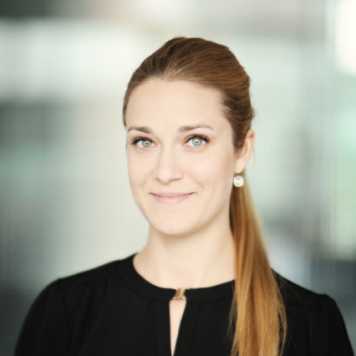Research in teaching
Marta H. Wisniewska will soon leave FCL in Singapore to come to Zurich. The new challenge will be to translate her research into teaching material.
Time flies. This cliché phrase perfectly describes the current state in our Chair at the Future Cities Laboratory. It is hard to believe that I have been living and working in Singapore for two and a half years already. This does not only mean that our time here will soon draw to an end, it also represents the start of a new chapter. The Chair of Architecture and Construction is moving back to Zurich to continue researching there and to start teaching a design course in the master’s programs – an exciting new task that we are all very much looking forward to.
How can we translate years of intensive research into an academic approach? This is the challenge we are dealing with at the moment as we aim to craft an inspiring course for our future students, and use it at the same time as another method to continue our current work. It is not an easy task, and I cannot offer the answer to this question today, but I can present some possible starting points and tools, which are being developed at the moment.
Hands-on
The beauty of our research here in Singapore is that, while being scientific and meticulous, it is also very hands-on. We have spent endless time in various laboratories in the past years, mixing, combining, pressing, testing all kinds of materials through a variety of construction concepts using waste, paper, soil or bamboo fibers. The material research revolves around the availability of local resources, learning from vernacular heritage and combining it with high-tech solutions to come up with new building materials for a specific context, mostly in developing territories where the housing demand will be at its highest in the coming years.
Proto-typologies
Knowing this immense demand, during recent years our Chair has constructed a number of proto-typologies with partners around the globe. The aim all of those projects was to develop methods that combine formal architectural strategies, as we know them from our own context with existing informal realities. Two years ago we invited a group of ETH students to Ethiopia for a very intensive hands-on construction workshop. As a result, a full scale housing typology was build out of straw, a widely available agricultural waste material in the country. ETH students have also constructed houses in the framework of an ETH Summer School using soil and natural stones as their main material resource. Recently, we tested a prototype structure utilizing discarded PET bottles. The common ground for all of those experiments was to firstly understand thoroughly the setting in a particular social, cultural and climatic situation and then to identify particular construction materials before a design process could even start. These experiences of full-scale constructions will become a key feature of our didactical approaches when starting our work in Zurich this fall.
Books & Publications
In order to deepen our own understanding of our methodological approach, as well as disseminate the gained knowledge, our Chair is momentarily preparing two books, which we will also use as pedagogical tools. The first is an attempt to describe a whole building process of one of our proto-typologies in Ethiopia, providing all necessary guidelines to those who would like to repeat the experiment. The other, entitled ‘Building from Waste’ aims to understand refuse as a potential resource for future building materials and to activate it in the creation process of architecture and urban design.
Personally, I am extremely excited to move to the «mother ship» of ETH after our experiences at the FCL research post in Singapore. Including teaching in our portfolio of engagement will be a fun challenge. Aiming for full-scale constructions will be once again a very intense and unique experience for myself and hopefully for our students as well. The implementation of our research findings into pedagogical and methodological strategies will occupy us for the next couple of months and we will hopefully find unexpected and alternative tactics on the way. Perhaps I will have an opportunity to tell you about it in a future column. See you in Zurich.
About the Author

Marta Heisel-Wisniewska is currently working as a researcher at the Chair of Architecture and Construction at the Future Cities Laboratory in Singapore. She received her education at West Pomeranian University of Technology ZUT Szczecin in Poland, as well as at the University of the Arts Berlin between 2004 and 2011. At the Ethiopian Institute of Architecture, Building Construction and City Development in Addis Ababa, she worked as a lecturer and architectural program coordinator, and was part of a research team on refugee shelter design. She also served as a coordinator of a consultancy project for Addis Ababa Institute of Technology AAiT. In 2011, EiABC Student Council recognized her commitment with a ‘Best Teaching’ award.

